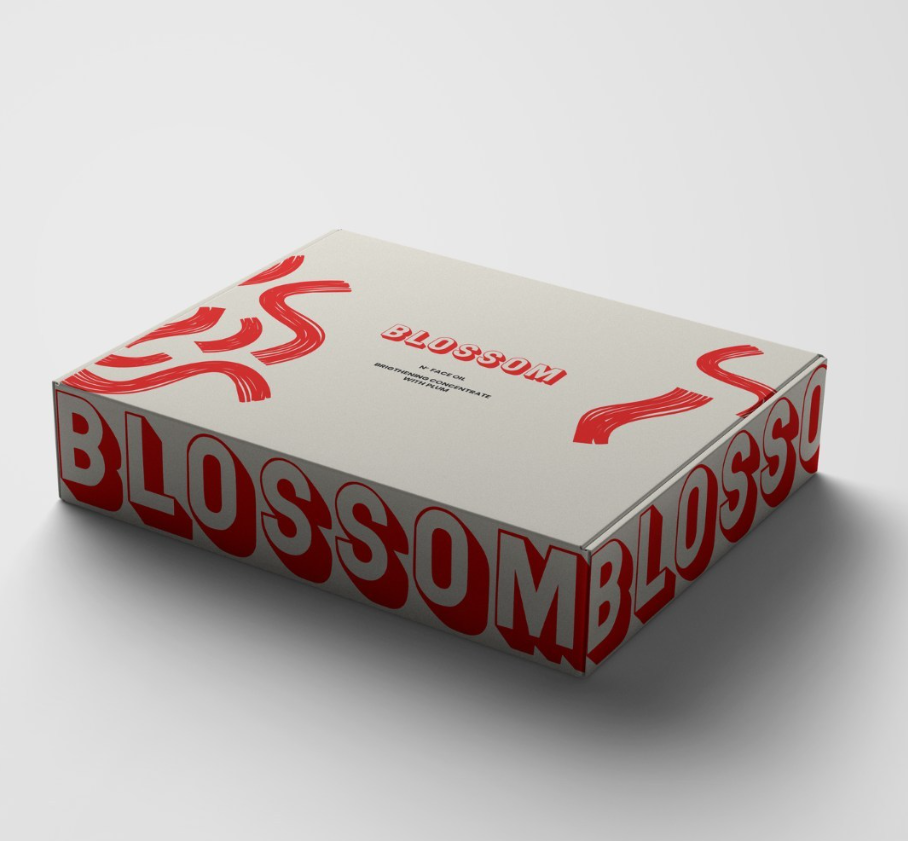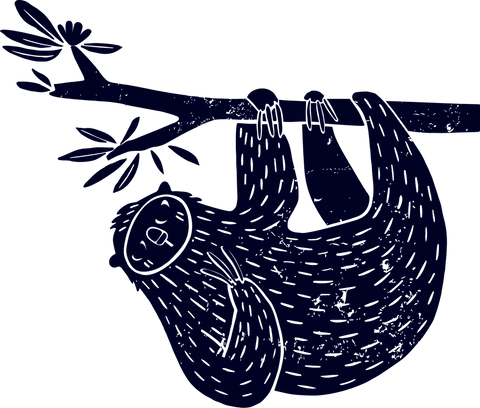Aromatic teas, herbs and spices are popular products that offer a variety of options in everyday life or as gifts. Accordingly, there are numerous packaging options on the market.
But to ensure that the products retain their properties and that hygiene does not suffer from short-term storage changes, a number of requirements must be met.
If a company also wants to keep sustainability in mind and dispense with classic outer packaging made of plastics and the like, modern packaging for tea, herbs and spices is a stylish and practical option to choose from.
In this article we present you sustainable packaging for tea, herbs and spices, which bring the optimal properties for the protection and appearance of your products. Learn more about modern packaging for herbs and spices.
What are the visual requirements for packaging for teas, herbs and spices?

The packaging for teas, herbs and spices should visually match the contents.
Tea, herbs and spices are the absolute pleasure products. It is therefore correspondingly important to match the choice of packaging to the attitude to life associated with enjoyment. The visual design can be simple and rustic or stylish and elegant with striking extras.
Decisive are the personal taste and the adaptation to the basic flair of your label, which should follow a clear line. The variety of possible packaging for herbs, tea and spices allows almost any color and design style from classic to creative and individual.
The higher the quality of the goods themselves, the more demanding the visual requirements may be for the product, which is given an underlining framework by the appropriate packaging.
Elegant or stylish effects can be achievedvia the choice of materials in the packaging for herbs, teas and spices, which reflect the material value, but also the ethical values of the contents. Color effects and gloss accents play just as much a role as nostalgic flair in natural tones and traditional design elements.
Thus, elegant-looking packaging made of natural materials may be appropriate to express the naturalness of the product, while a noble glass jar expresses high-quality style and exclusivity.
If the packaging made of sturdy cardboard also impresses with its recyclability or allows the use of modern materials such as recycled plastics (if plastics cannot be completely dispensed with for flavor protection reasons), the choice of packaging becomes a sustainable statement that is sure to catch the eye of the target group. In addition, the individual design of packaging labels can add a visually appealing extra to the overall effect of the product.
Practical requirements for packaging
Herbs, tea and spices are aromatic products. But in order for them to retain their properties for fragrance and flavor, packaging should fulfill its function as a protective element. The main protective functions of high quality packaging for herbs, tea and spices include protection against damage and spoilage by:

- Humidity
- Light
- Contamination
- Pests
- Aroma loss
Sustainable packaging has long had the reputation of not sufficiently protecting the contents of the packaging. Paper and cardboard, but also cloth bags, are not resistant to moisture and do not adequately retain the aroma. Pests can easily penetrate through paper and cardboard if necessary, which alone does not make this material a sufficient packaging.
Coatings on papers made the material recyclable only to a limited extent, while plastics in themselves become the agony of choice in the context of sustainable packaging due to their costly production and lack of biodegradability.
Modern materials and packaging solutions combine protection with thin, yet effective barrier layers. Waxed papers can be used as packaging for the end consumer. In addition, the modern packaging industry is also making steadily increasing progress in sustainability.
Today, there are not only the finest films made of biodegradable and/or recyclable plastics, but also innovative packaging products made of recycled plastic. These meet the high requirements of food hygiene in terms of quality and can themselves be recycled and returned to the material cycle.
In addition, tried-and-tested classics such as metal tins and glass jars offer elegant, high-quality packaging for herbs, tea and spices, bringing the desired functionality and adding a stylish look to the product presentation.

Even if an elegant presentation of the packaging appeals to the eye, the practical use should be considered beyond the product protection to beyond the sale. Spices are rarely consumed immediately after opening and the beautiful packaging loses its purpose when the product is decanted. Resealability is a corresponding practical extra that should go hand in hand with stylish packaging for herbs, tea or spices. |
Option Stand-up pouch

A special option for packing herbs, spices and teas are stand-up pouches.
Stand-up pouch are considered popular retail packaging for herbs, tea and spices. They are a common sight especially in tea stores where the quantity is weighed only at the time of purchase.
The small bags, which can stand alone due to a special folding of the bag base, are easy to fill. At the same time, the plain Stand-up pouch can often be chosen in a variety of colors, textured surfaces or completely natural to have the desired tea filled in the desired quantity.
The advantage of the Stand-up pouch is obvious: inside an optically flexible outer garment is a coating or film which protects the contents from soiling and damage, at least for a short time. The filling quantity is variable to a limited extent, the contents are easy to remove and can usually be resealed in an uncomplicated manner by means of a paper clip with wire mesh.
The disadvantage is that the contents are only marginally protected, but this is not usually a problem given the limited quantities consumed. After emptying, the Stand-up pouch are mostly recycled via the composite system of the yellow garbage can, depending on the design also by separating the inner protective film and paper in the yellow garbage can and waste paper.
Cardboard or box as alternative
Cartons or boxes are also very popular as packaging for herbs, tea and spices. They can serve as an alternative to give the contents of the product a more stable outer packaging, which presents itself steadfast and protective.

However, it is essential to check the material carefully: Is it food-safe and really protective or is an additional protective layer or further packaging necessary for the actual product?
Cartons and boxes can be equipped with insertable papers in food-grade quality or small foils can protect the actual contents. However, stylishly designed cartons are popular for placing small quantities of products of different types separately from each other in an outer packaging. Thus, cartons and boxes serve as a wonderful base to naturally frame spice sets and tea packages in a gift box.
Innovative and creative: bioplastics and recycled materials
If the contents of the products are very sensitive to moisture or the packaging is expected to last longer than just from the store to the end consumer (for example, in the tea store), the use of plastic as a packaging material can also be made sustainable.
Modern manufacturers with high demands on sustainability have worked with research to develop innovative bioplastics that increase protection for packaging contents as films or in multilayer systems for Stand-up pouch made of paper.
The bio-plastics are partially biodegradable and are hardly inferior to conventional plastics in terms of their positive properties. Alternatively, recycled materials can also be used, for example plastic fished from the sea.
A smart example of sustainable plastic packaging can be found in Doypack. Doypack packaging is made of recycled plastic and is used primarily for fruit and vegetable products. However, due to the special shape and filling method, they are also suitable as packaging for herbs, tea and spices.
The innovative packaging is also considered for liquids, offers vacuum-protected safety for the aroma, and does away with a cap to save material in packaging.

High-quality products such as tea, herbs or spices are often given as gifts. The buyer is also pleased with beautifully designed items that increase the anticipation of trying them just by looking at them. Thus, stylish outer packaging as a premium version is usually just as popular as gift boxes explicitly offered for sale, which facilitate the selection of gifts for loved ones. |
Metal cans and glass jars as noble packaging
Last but not least, metal cans and glass jars are real perennial favorites in the packaging world. As noble packaging, they offer protection from external influences. Easy to open and close again, they are extremely practical in everyday use.
Stylish and elegant, these materials are considered packaging for herbs, tea or spices and are also the optimal variant to equip gift boxes and premium variants of the product practical and beautiful at the same time. The comparatively higher costs for the noble packaging can be worthwhile: stylishly designed, the noble-looking packaging is often still used by buyers after emptying and strengthens the personal branding of your label.
Conclusion: The right packaging for your aromatic products
Choosing the right packaging for herbs, spices or teas is an important factor for product design. The higher the quality of a product, the more demanding the target group, the more the packaging should also reflect the desired properties, with appearance and functionality going beyond the protection of the packaging contents.
If you have any questions about the right packaging for your products, our team will be happy to provide you with personal advice to help you find the right variant for your individual needs.
FAQ
-
What protection does packaging offer for herbs, tea and spices?
The right packaging offers the contents protection from light, moisture, contamination, pests and loss of aroma.
-
Is there packaging with plastic that is sustainable?
Yes, modern packaging for herbs, tea and spices can be sustainable despite the inclusion of plastics. Innovative manufacturers now produce biodegradable plastic films, while high-quality plastic materials can be reused via the recycling loop.





